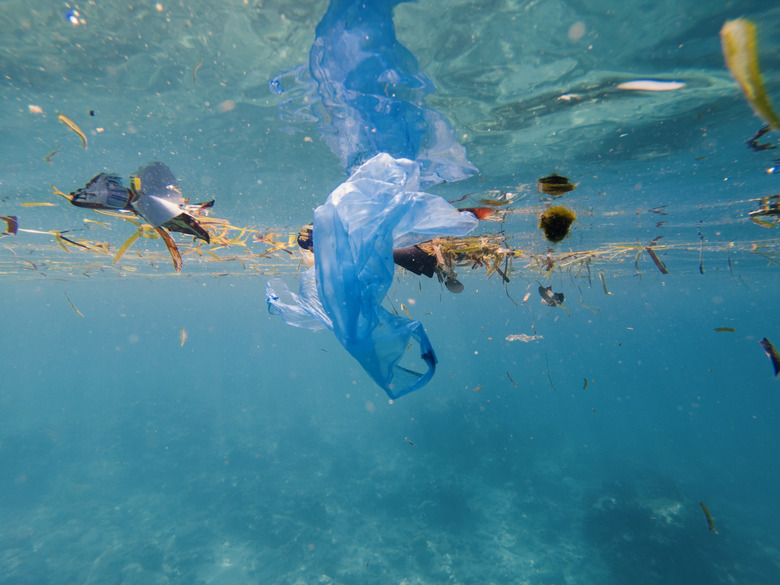Scientists Fired From EPA Forge Ahead With Unofficial Report On Pollutants
A group of scientists that President Donald Trump's administration fired aren't slinking into the shadows. Instead, in a completely unprecedented move, the team unofficially charged ahead with the research the president initially tasked them with, and have unveiled their own report on one of the environment's most pressing problems: pollution.
The team of experts were dismissed from the Environmental Protection Agency about a year ago, when the Trump administration whittled down its panel of air quality experts from more than two dozen to just seven people. The dismissed scientists said the remaining members lacked both the expertise and time to issue detailed reports on air quality, specifically a concerning pollutant.
But rather than just express disappointment in the move, 20 of the fired scientists forged ahead with the research to release an unofficial report of their own. After a year's worth of work and support from the Union of Concerned Scientists, the panel of experts gathered at a hotel in Washington, D.C., earlier this month to release their findings.
What Was in the Report?
What Was in the Report?
The report focused on what's known as particulate matter. Also called particle pollution, the term refers to the tiny droplets of matter in the air that come from thousands of different sources including factories, construction sites, power plants or fires.
While some may be harmless, the EPA regulates particulate matter because many can be toxic. A panel of experts serving the EPA is supposed to conduct an overhaul of the research every five years, though that deadline is fluid and not always met. That group, the Clean Air Scientific Advisory Committee (CASAC), is designed to be an outside party of experts that advises the EPA and helps decide the best ways to regulate and prevent the spread of harmful particulate matter.
But now, with just a group of seven people on that committee, the ousted scientists felt they had to proceed with their research on potential pollutants, a move that hasn't been done before.
During the conference in D.C., they said they hope the EPA tightens its regulations regarding particulate matter. Right now, the agency has a standard for the amount that a person can be exposed to without harm: 12 micrograms per cubic meter of air. The unofficial panel is hoping that the EPA will cut that down to 8 to 10 micrograms, noting that current standards aren't strict enough to prevent premature deaths and diseases, including lung cancer, nonfatal heart attacks and aggravated asthma.
So, What Happens Now?
So, What Happens Now?
That's up to the EPA. The agency maintains that it often considers outside expert opinion when deciding on its regulations, though the fired scientists weren't confident that the EPA would be rushing to take their report seriously, or, at best, simply don't have the capacity to make an informed decision. Some noted during the D.C. conference that they are worried about the EPA under the Trump administration, and hope the agency is able to take scientific advice seriously to prevent the spread of pollutants.
Even if the administration doesn't, though, the report could be important in potential legal battles. If the EPA issues a policy on particulate matter that puts people in danger despite having research that outlines that danger, the report could be evidence to help force the agency to issue more comprehensive regulations.
Later this month, the CASAC is scheduled to discuss its draft of the new policy, so the unofficial panel will have to wait to see if it matches up with their recommendations.
Cite This Article
MLA
Dragani, Rachelle. "Scientists Fired From EPA Forge Ahead With Unofficial Report On Pollutants" sciencing.com, https://www.sciencing.com/fired-epa-environmental-reports-13722421/. 21 October 2019.
APA
Dragani, Rachelle. (2019, October 21). Scientists Fired From EPA Forge Ahead With Unofficial Report On Pollutants. sciencing.com. Retrieved from https://www.sciencing.com/fired-epa-environmental-reports-13722421/
Chicago
Dragani, Rachelle. Scientists Fired From EPA Forge Ahead With Unofficial Report On Pollutants last modified August 30, 2022. https://www.sciencing.com/fired-epa-environmental-reports-13722421/
